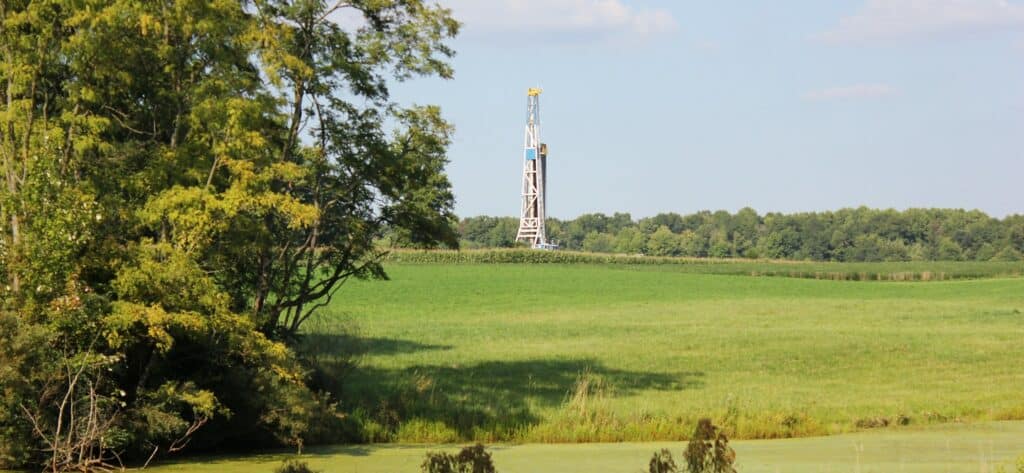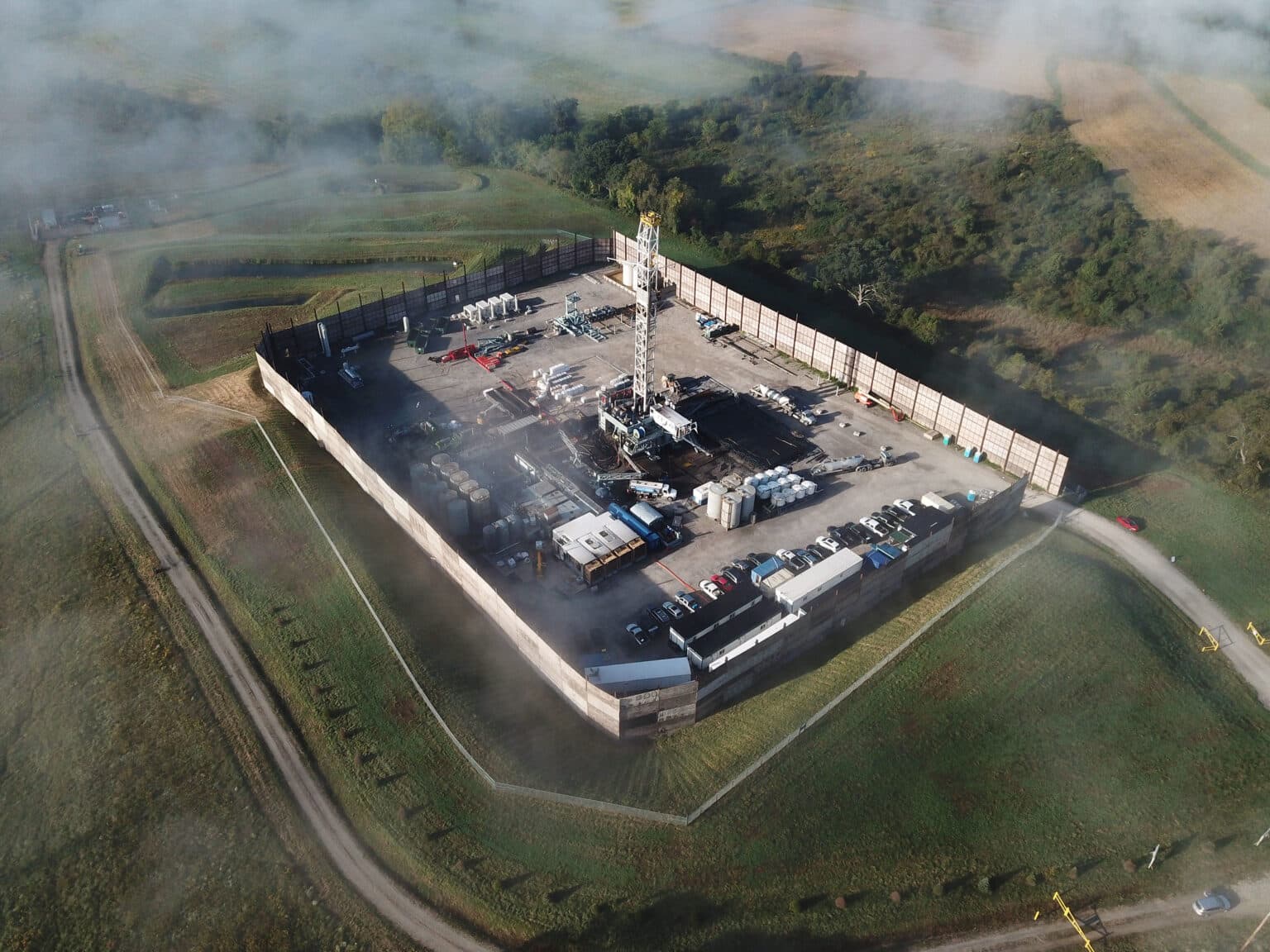Children living close to fracking sites in Pennsylvania are two to three times more likely to be diagnosed with leukemia, and contamination of drinking water is suspected as an avenue of exposure, according to a new study.
“Unconventional oil and gas development can both use and release chemicals that have been linked to cancer, so the potential for children living near UOG to be exposed to these chemical carcinogens is a major public health concern,” the study’s senior author, Nicole Deziel, associate professor of epidemiology at the Yale School of Public Health, said in a statement.
Unconventional oil and gas development, more commonly referred to as fracking, exploded over the past two decades, with a particularly frenzied period of drilling in Pennsylvania in the early 2010s. Fracking results in a range of toxic chemicals and pollutants being discharged into the air and waterways, including heavy metals, radioactive material, particulate matter, and volatile organic compounds. For example, benzene, a known carcinogen, is routinely emitted into air and water during the drilling and fracking process.
Published on August 17 in the journal Environmental Health Perspectives, the study looked at almost 2,500 children in Pennsylvania, including 405 who have been diagnosed with acute lymphoblastic leukemia, a type of blood cancer. The researchers compared children 2 to 7 years old living within close proximity of fracking sites since birth against others living further away, while controlling for a variety of confounding factors, including other environmental exposures.
“Our results indicate that exposure to [unconventional oil and gas] may be an important risk factor for [acute lymphoblastic leukemia], particularly for children exposed in utero,” Cassandra Clark, one of the study’s authors and a postdoctoral associate at the Yale Cancer Center, told DeSmog in an email.
The researchers looked at oil and gas wells in Pennsylvania that fell within the same watershed as the children in the study, and used an exposure metric that takes into account topography, hydrology, and proximity to gas wells. They found that children living within two kilometers (roughly 1.2 miles) of a drill site were two to three times more likely to develop acute lymphoblastic leukemia, the most common form of childhood cancer. The results suggest drinking water may be impacted by fracking operations nearby.

Other studies have shown that oil and gas drilling uses or emits 55 chemicals that are known or probable human carcinogens. This new study adds more evidence that not only does proximity to fracking contribute to heightened risk of childhood leukemia, but also that water contamination could be one of the sources.
The study adds to the enormous body of research that shows negative health impacts for people living close to oil and gas operations. DeSmog has reported on some earlier findings, including the health risks of people living in close proximity to flaring, and the increased risk for pregnant women who live close to drilling developing gestational hypertension and eclampsia.
But there is a dearth of research on the links with childhood cancer, and the Yale study adds stronger evidence of the dangers for children living close to fracking operations.
“While there have been around 50 epidemiologic studies of [unconventional oil and gas] exposure and a variety of health outcomes to date, only two studies focused on childhood cancer,” Clark said. “This is the largest study of unconventional oil and gas development and childhood cancer to date, and the first to incorporate an exposure metric that focuses on the drinking water pathway.”
“This new study connects a lot of dots,” biologist Sandra Steingraber, co-founder Concerned Health Professionals of New York, who was not involved in the study, told DeSmog. “As such, this study is a kind of terrifying voila,” Steingraber said, adding that the methodology in the study is “really robust.”
For years, the Concerned Health Professionals of New York has compiled and published a compendium of scientific and medical findings of the human health impacts from fracking.
Steingraber noted that the latest study also builds on other research demonstrating the harms of fracking in Pennsylvania. One study linked higher numbers of gas wells with higher rates of pediatric asthma hospitalizations. Another found benzene in the bodies of people living near fracking. A third found links between fracking and the risk of heart attack.
“These findings from this case-control study both corroborate and extend a rapidly growing body of evidence — now documented in more than 100 studies — showing that fracking is a public health crisis,” Steingraber said. “All together, these studies, new and old, show us that fracking in Pennsylvania is not safe for Pennsylvanians — even those living a mile or more away. In fact, it’s a moral obscenity.”
Southwest Pennsylvania has also seen a cluster of Ewing’s sarcoma in teens, a rare form of bone cancer, and many residents suspect fracking as the culprit. The state has approved millions of dollars in funding to study the possible links.
One consistent takeaway from so many health studies related to fracking is that proximity is key. In many states, there are no federal setback requirements and drillers are allowed to encroach on local populations, setting up rigs within a few hundred feet of homes and businesses.
“The allowable setback in Pennsylvania, where our study was conducted, is 500 feet,” Clark said. “Our findings of increased risk of [acute lymphoblastic leukemia] at distances of two kilometers (about 6560 ft) or more from [drilling] operations, in conjunction with evidence from numerous other studies, suggest that existing setback distances are insufficiently protective of children’s health.”
Subscribe to our newsletter
Stay up to date with DeSmog news and alerts






